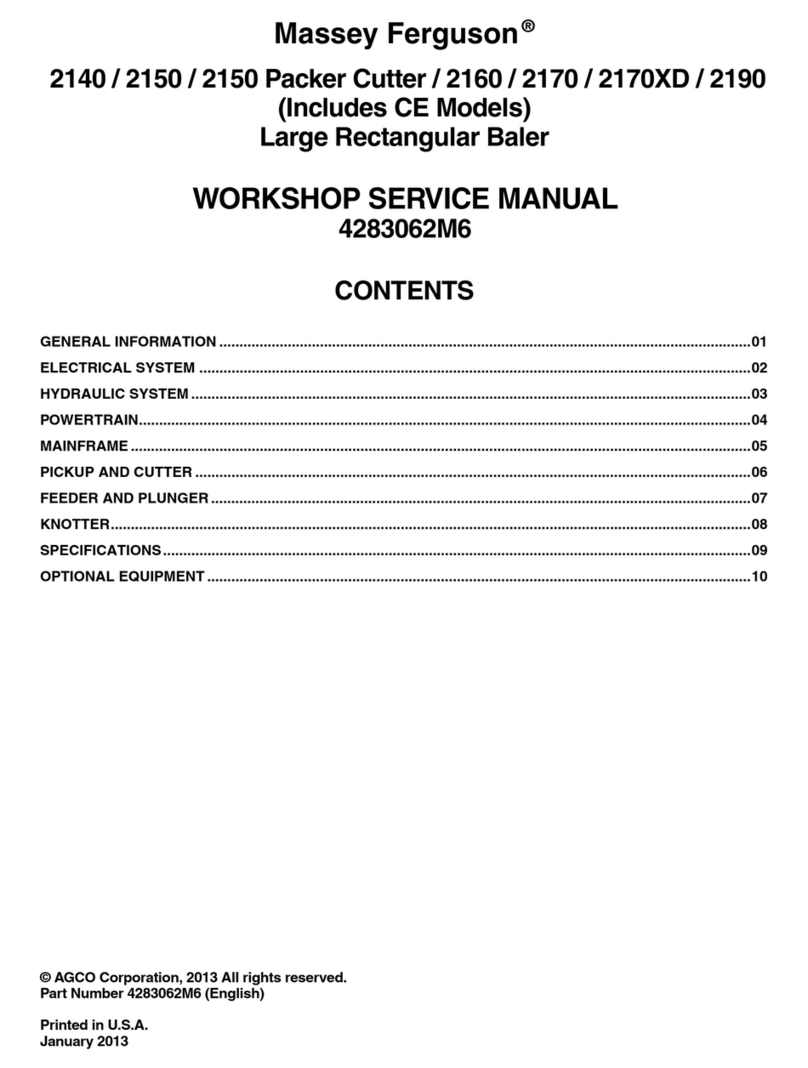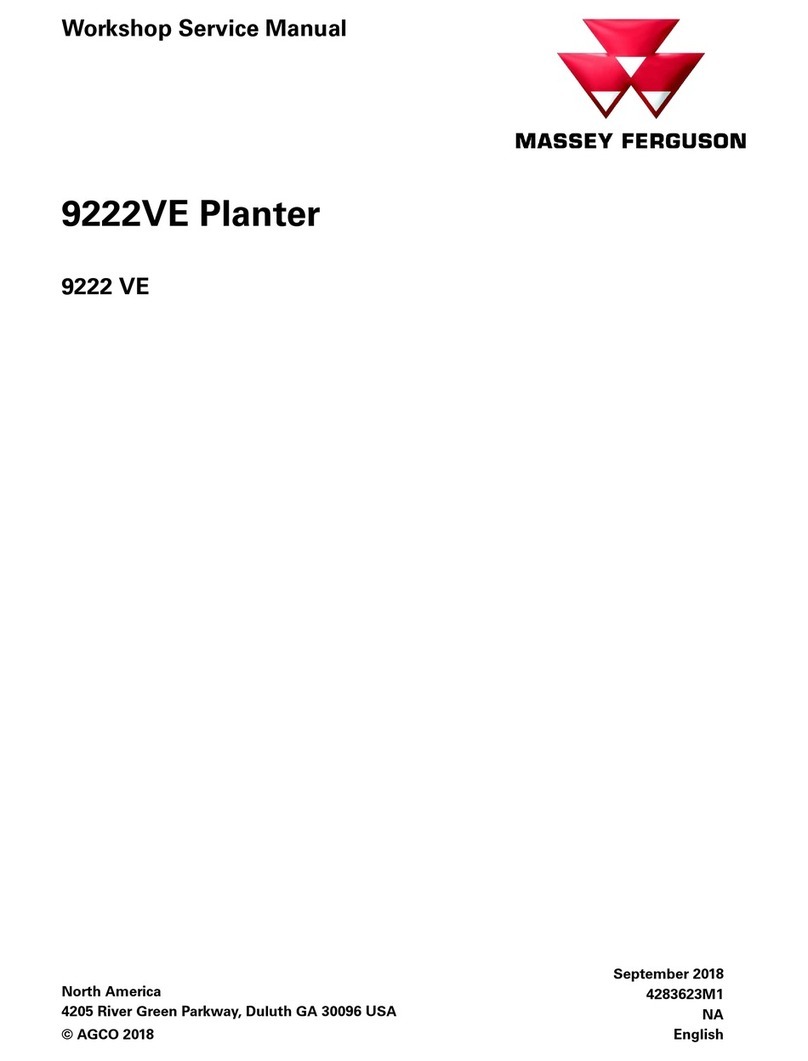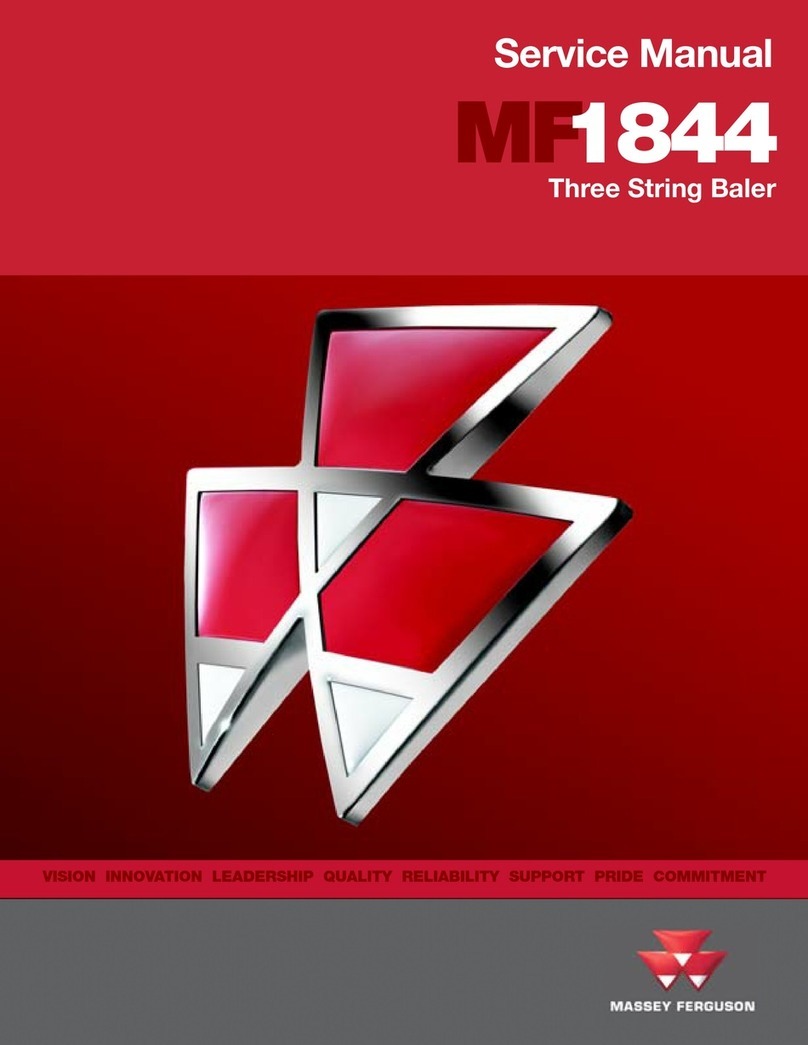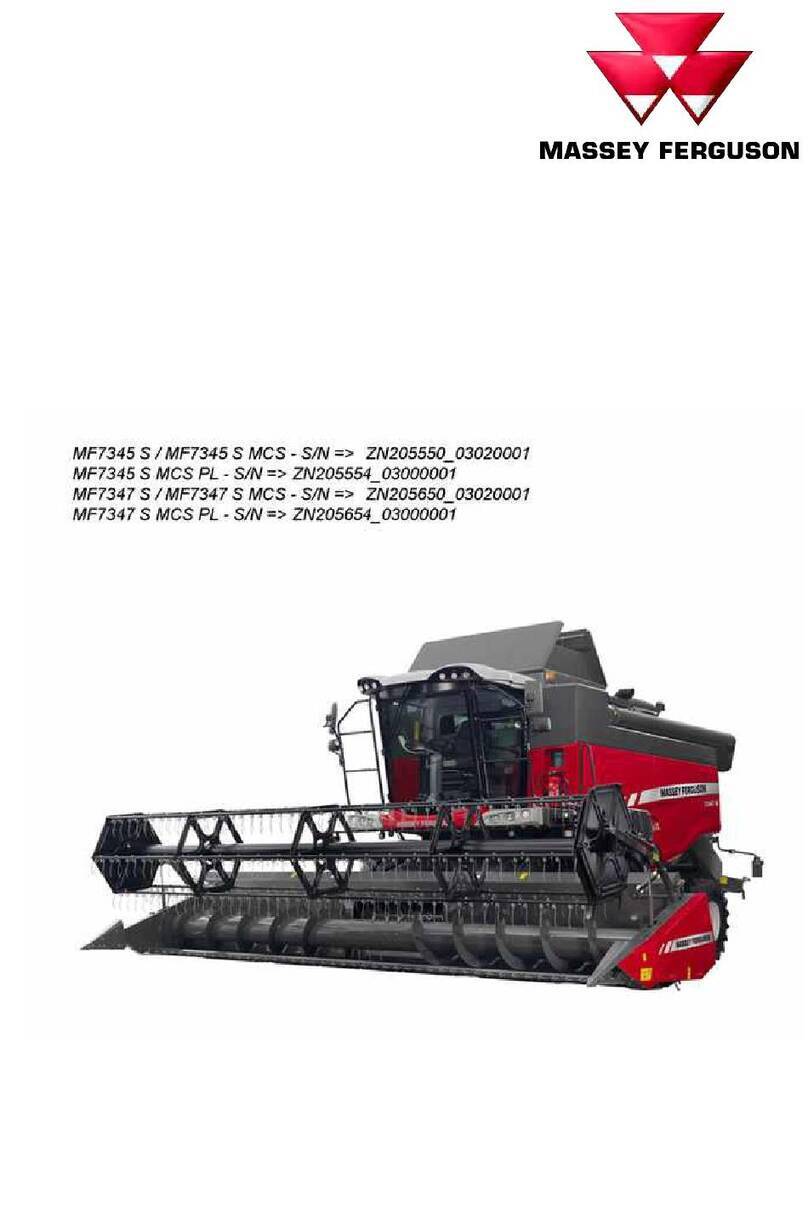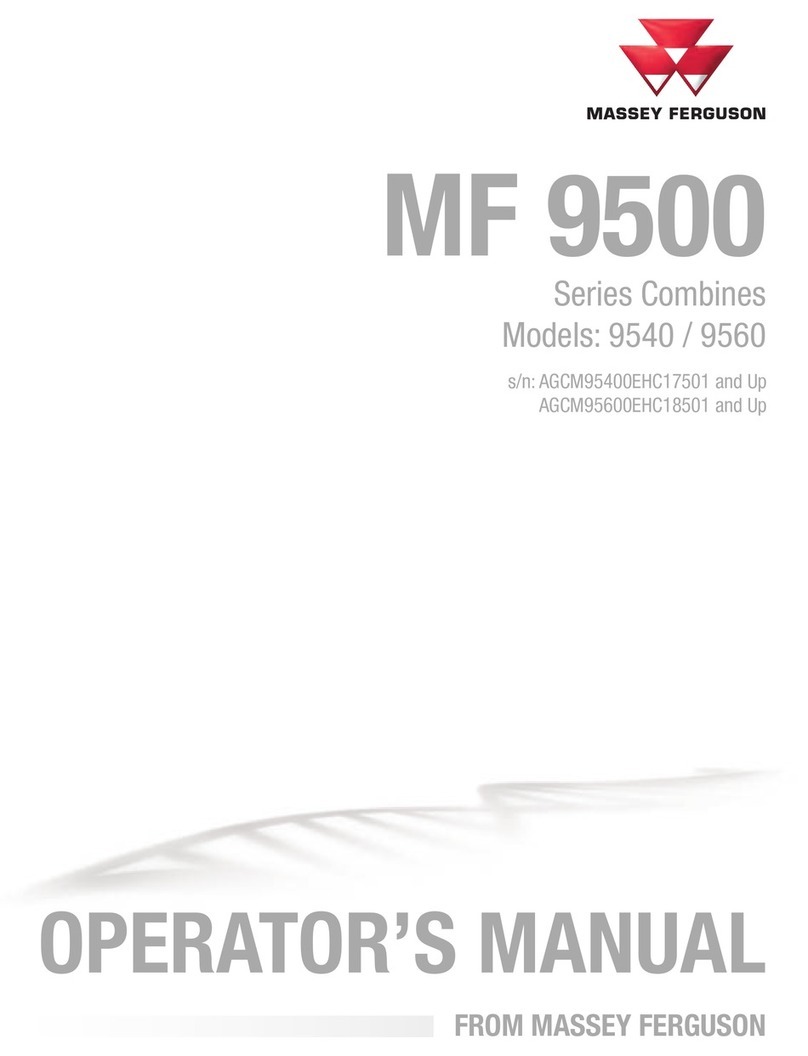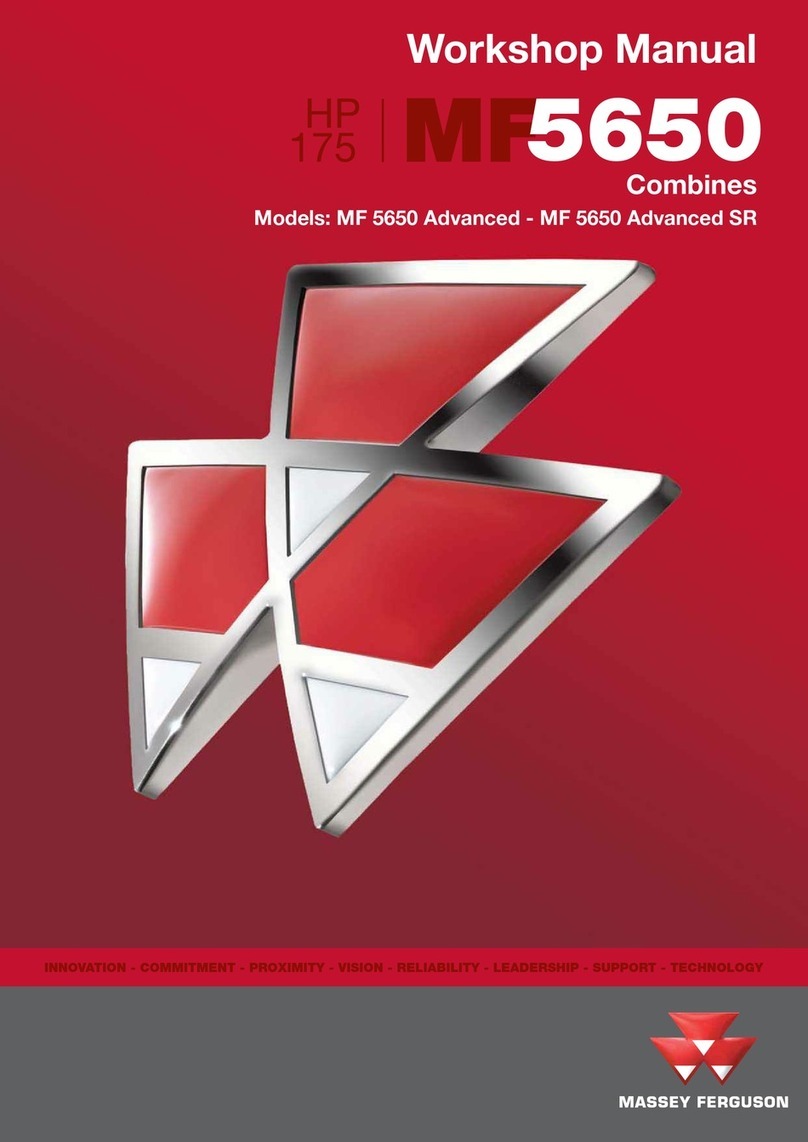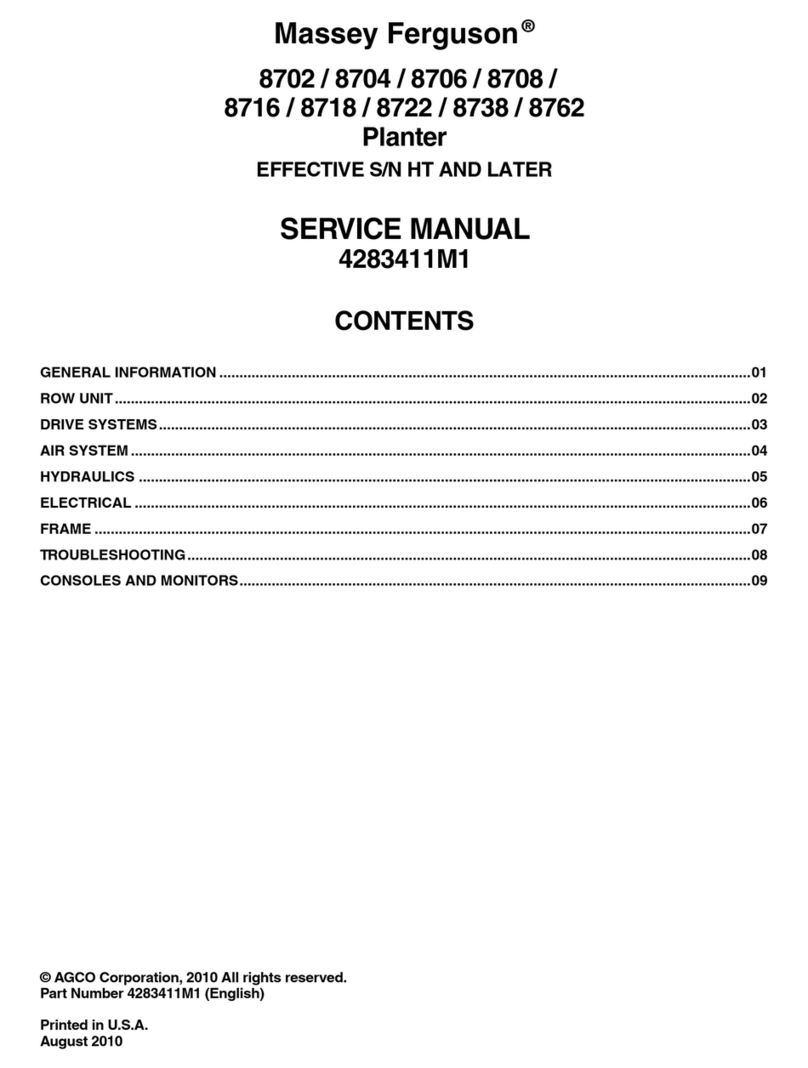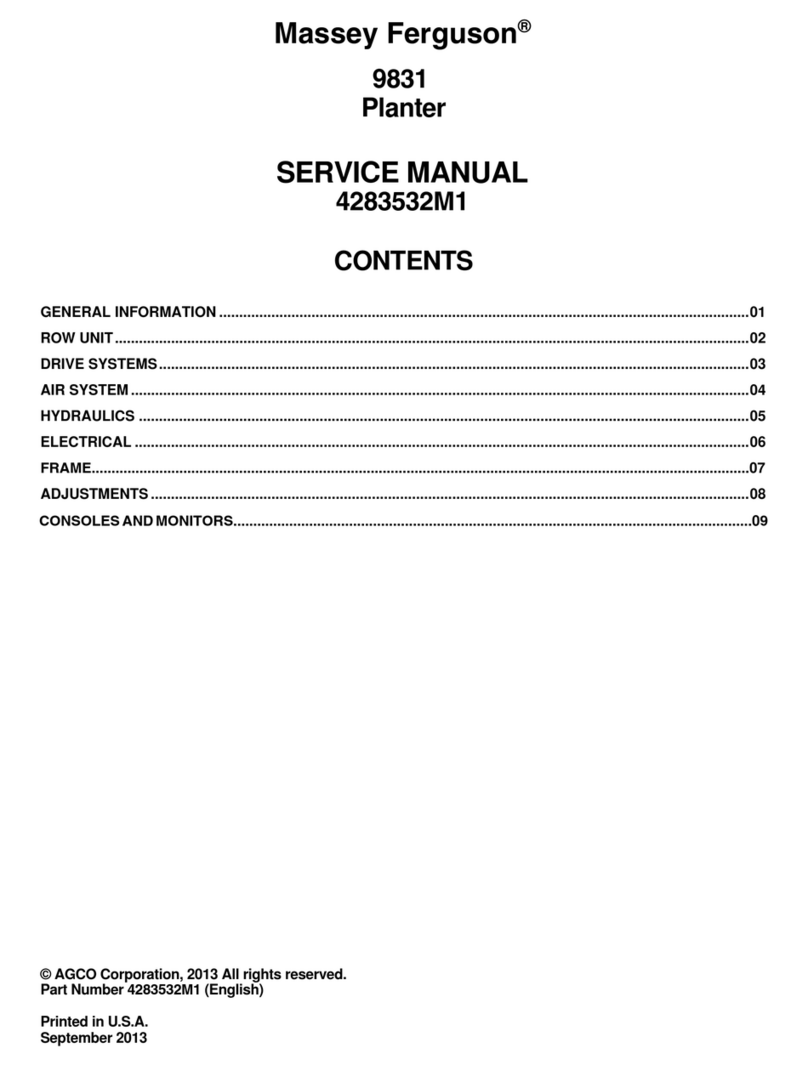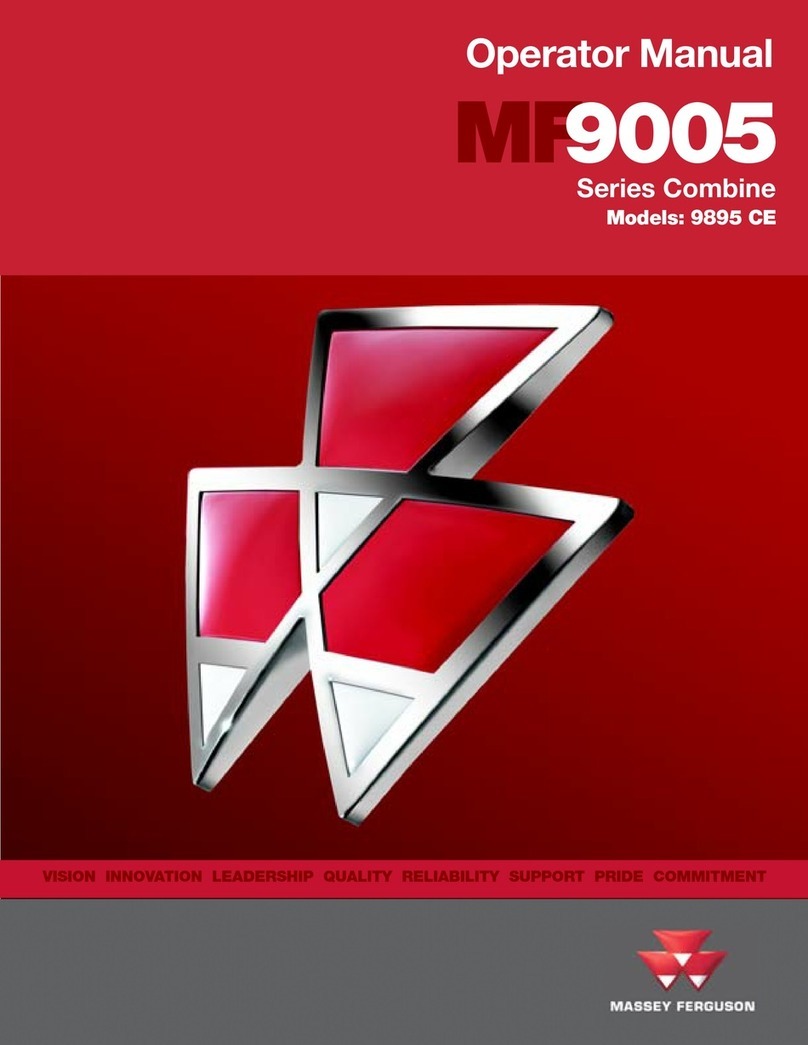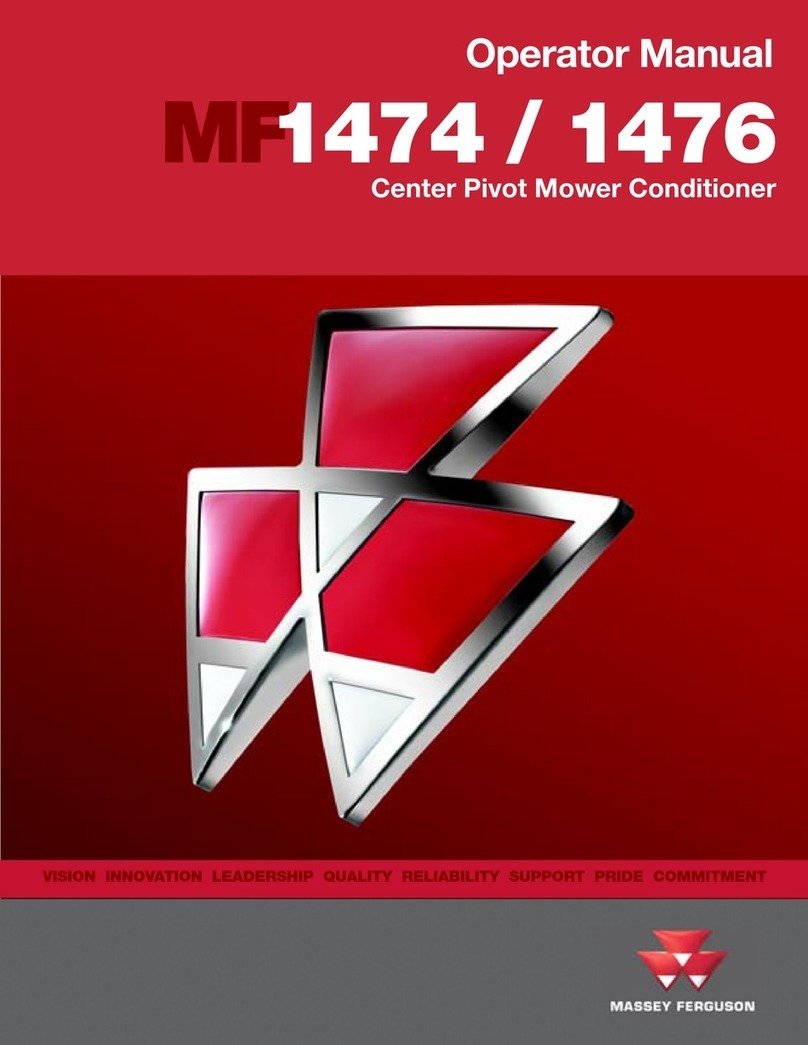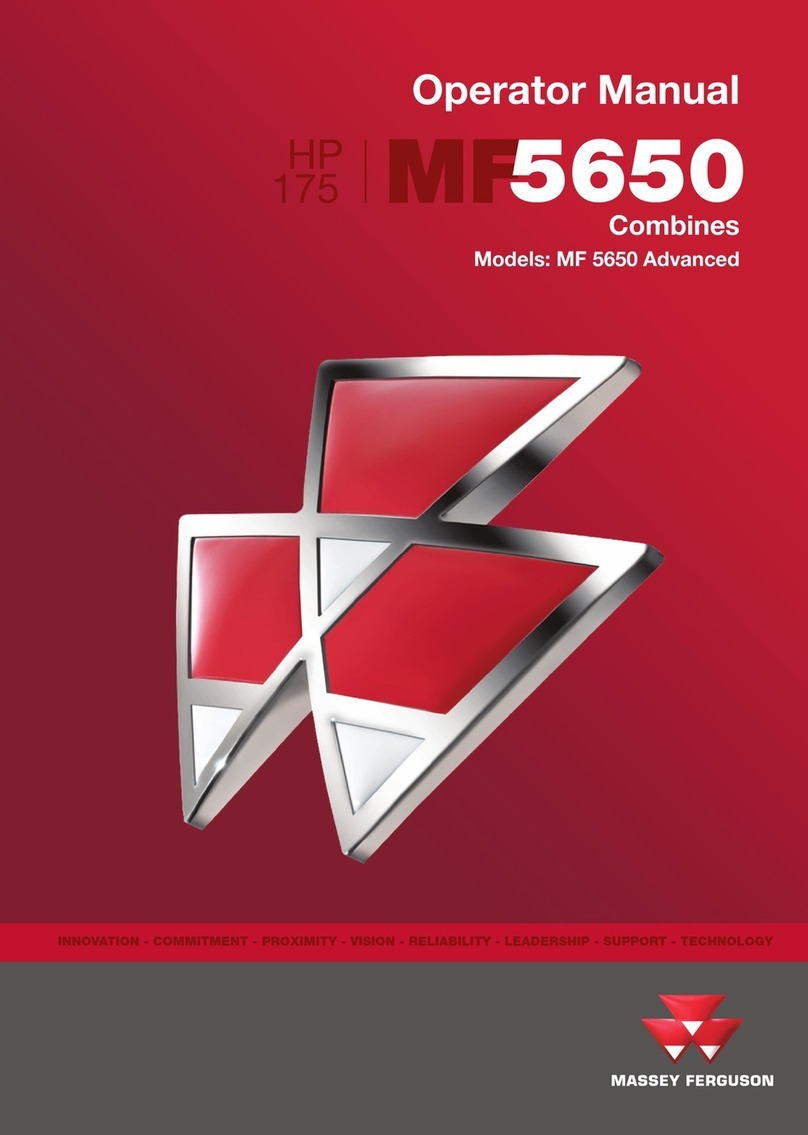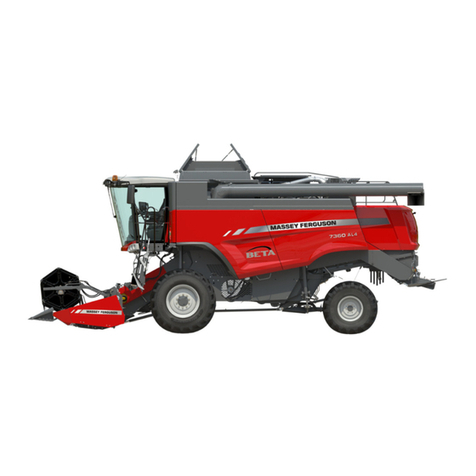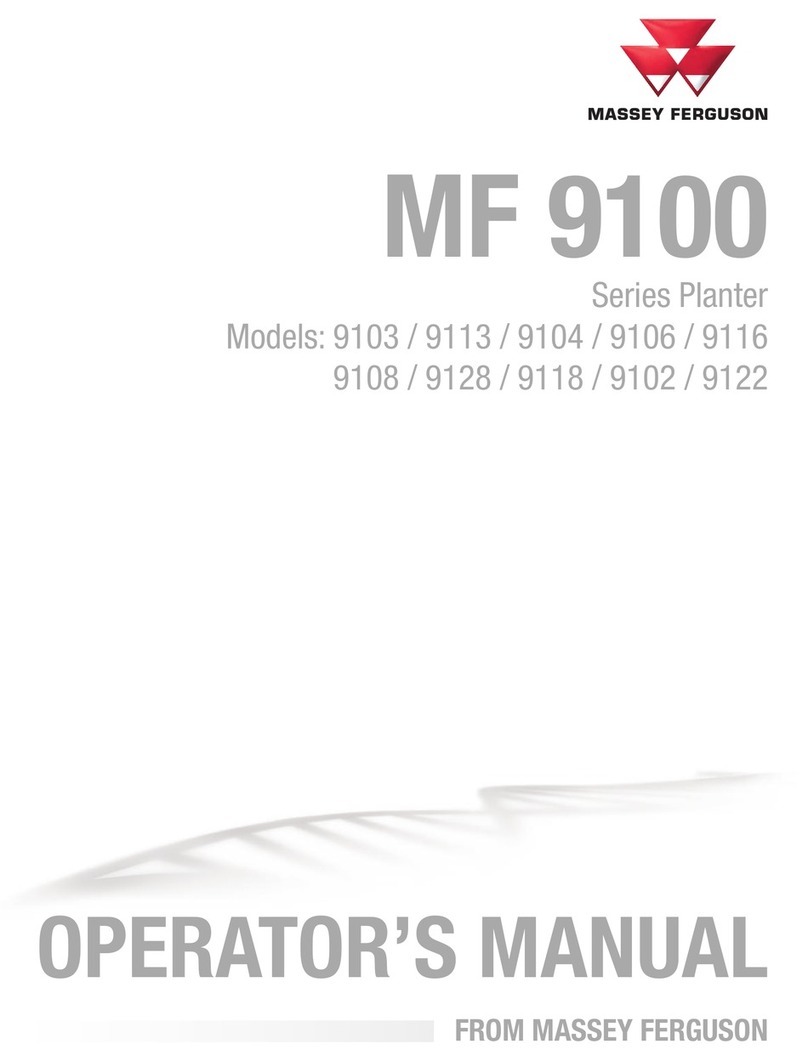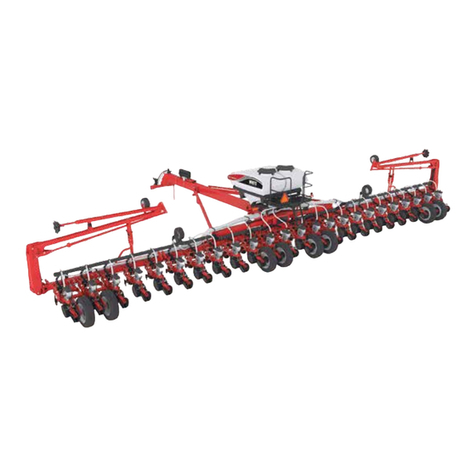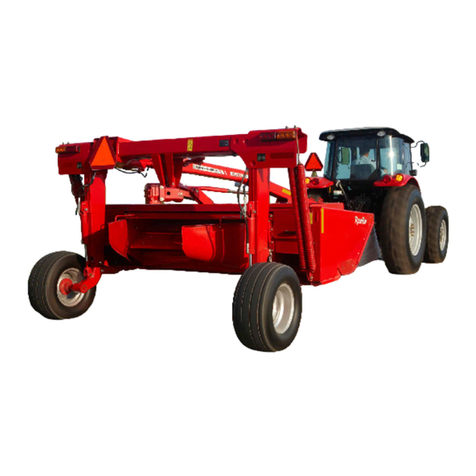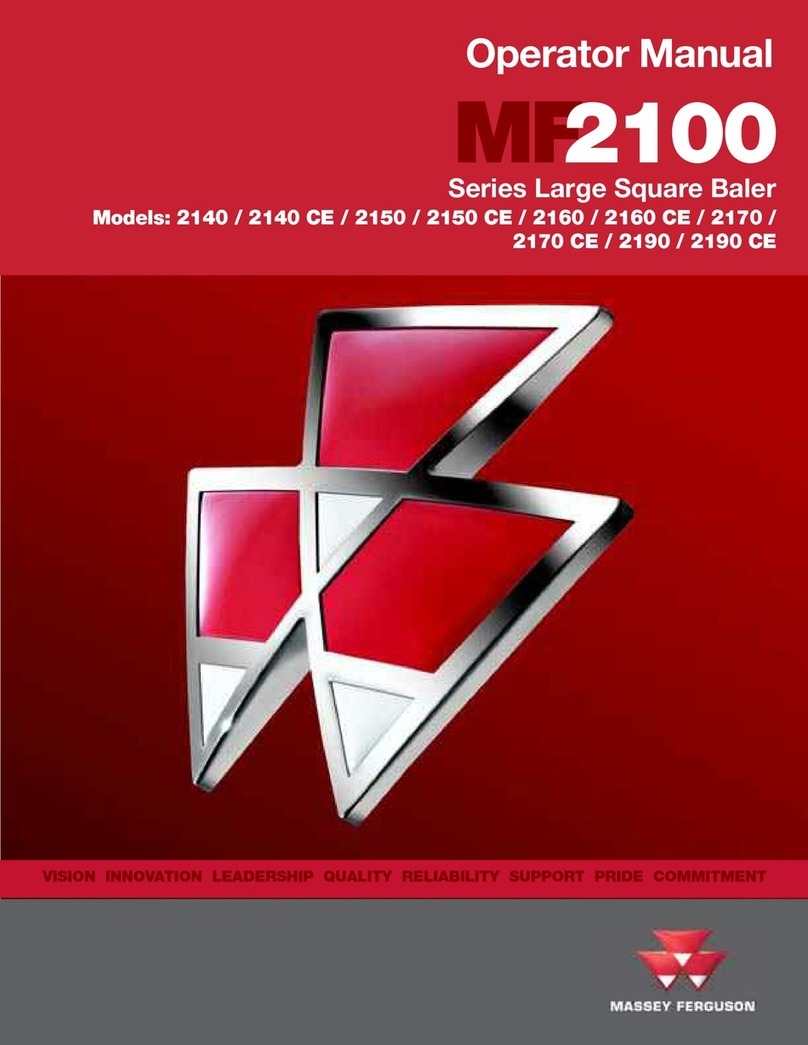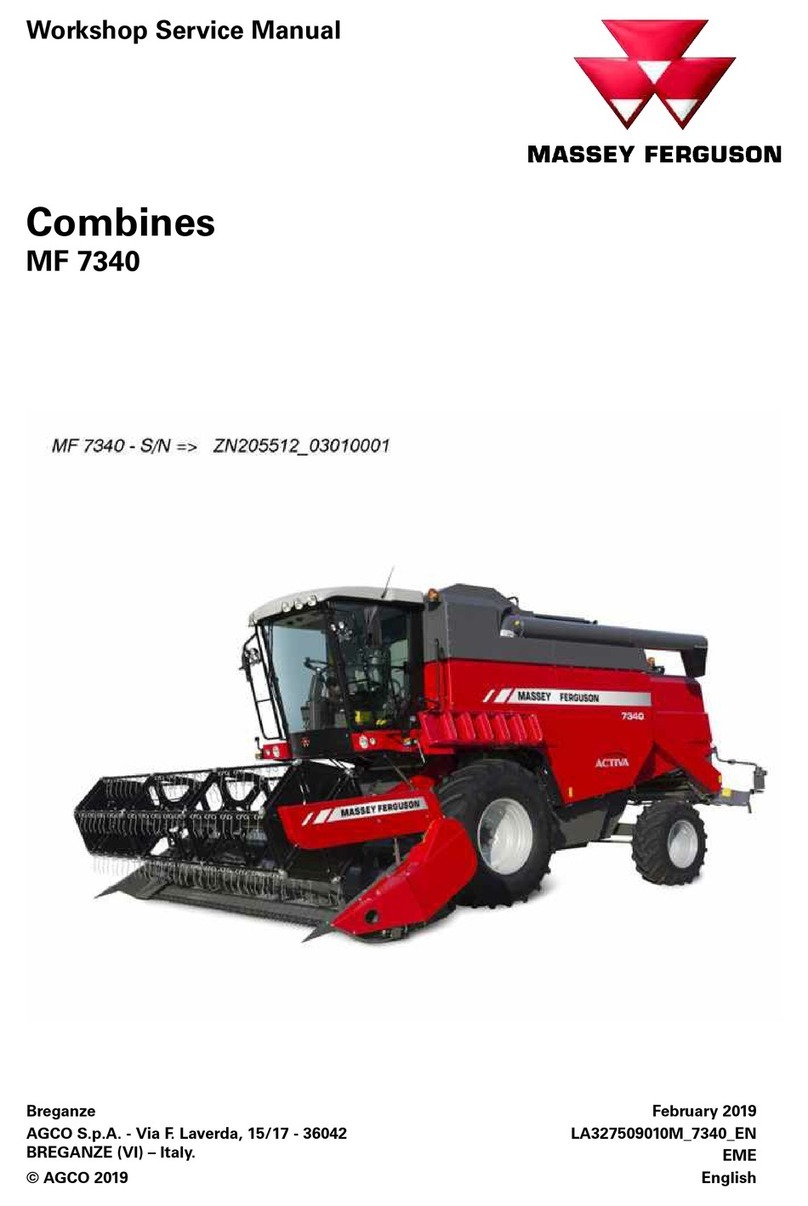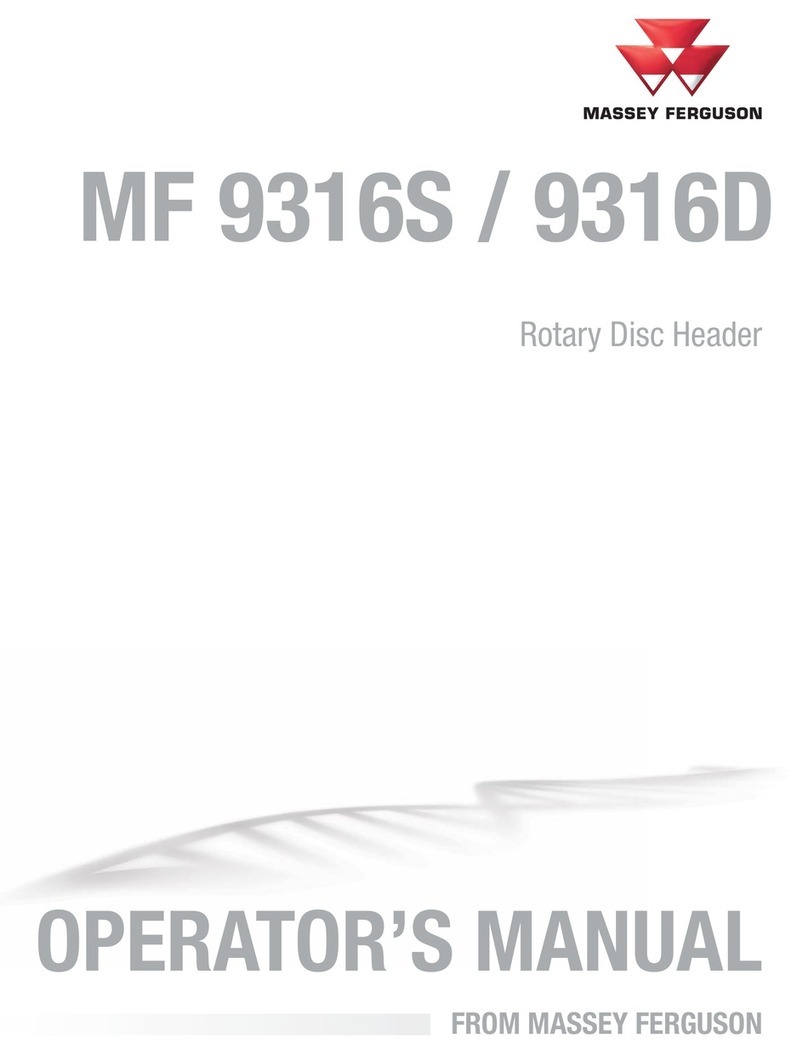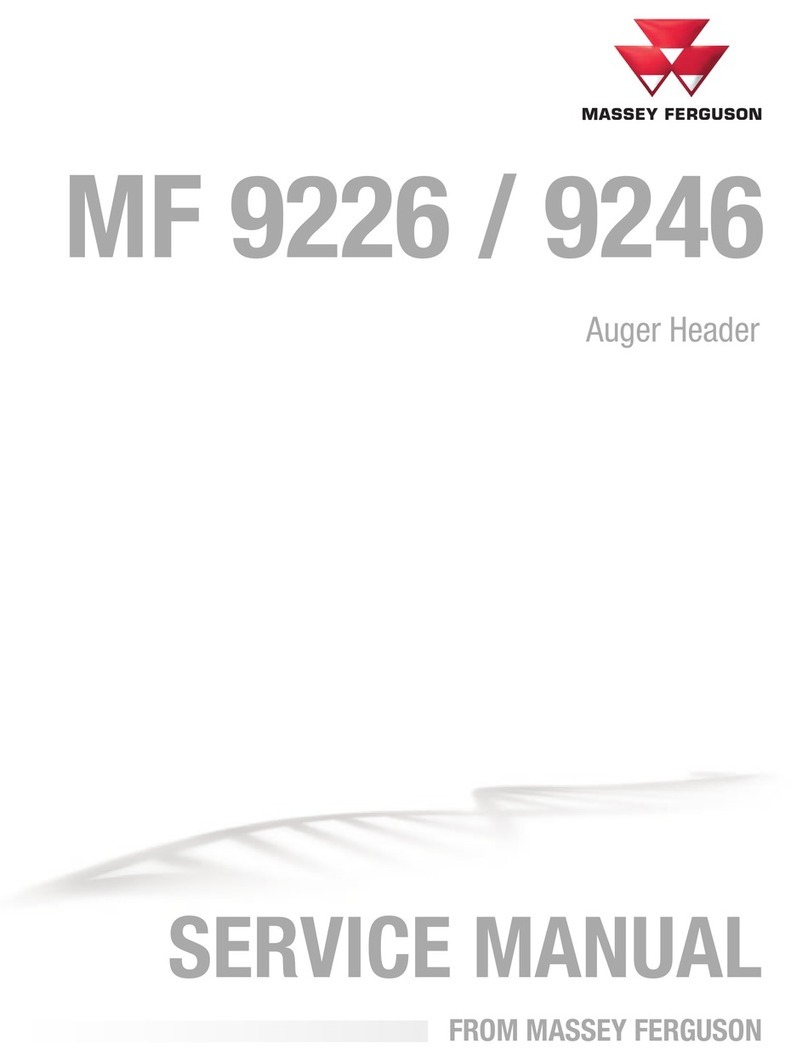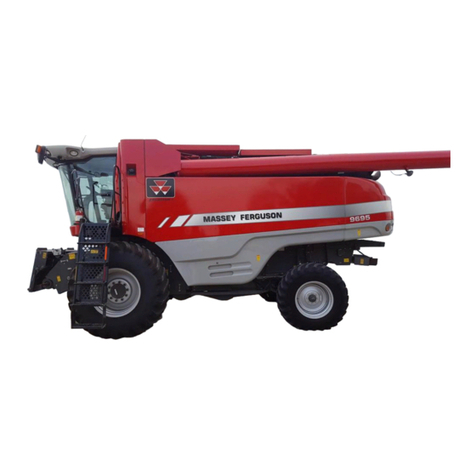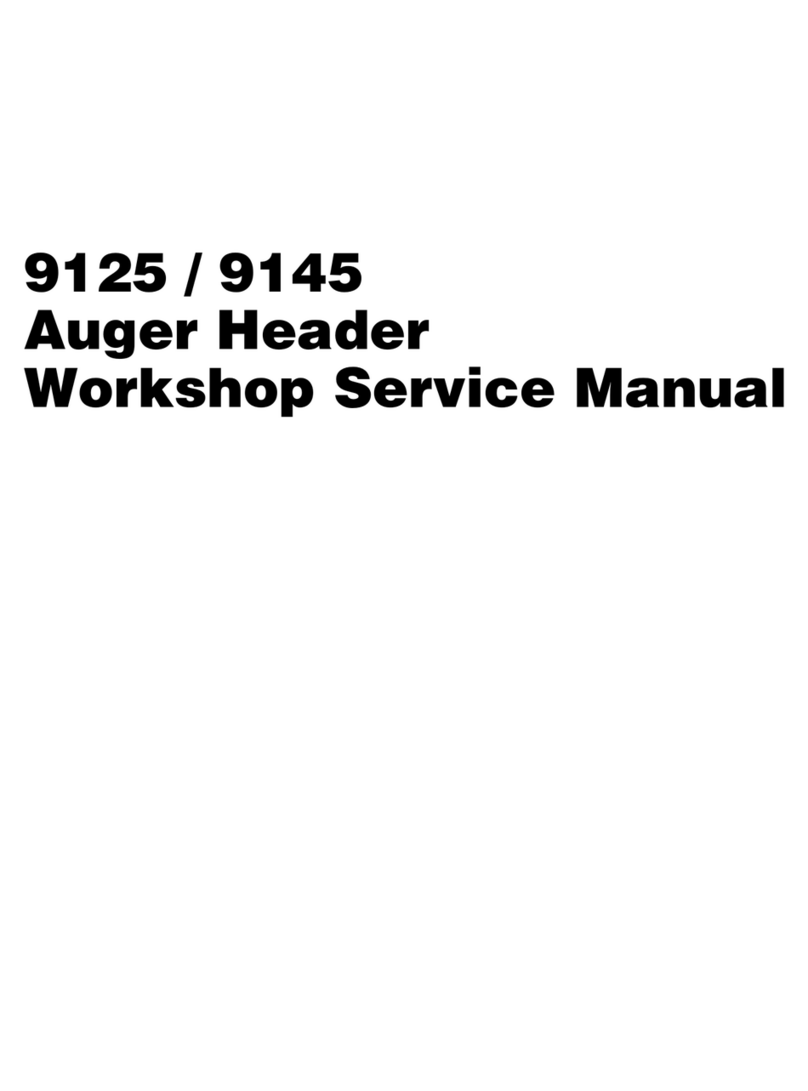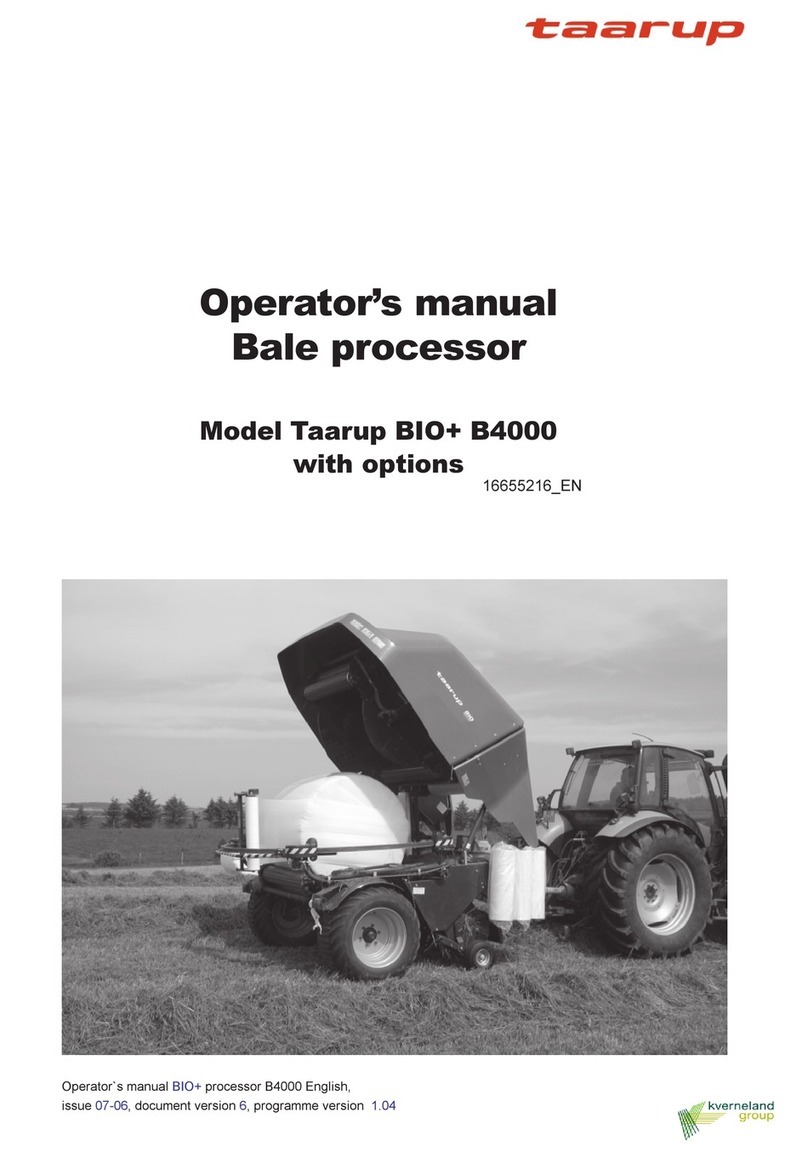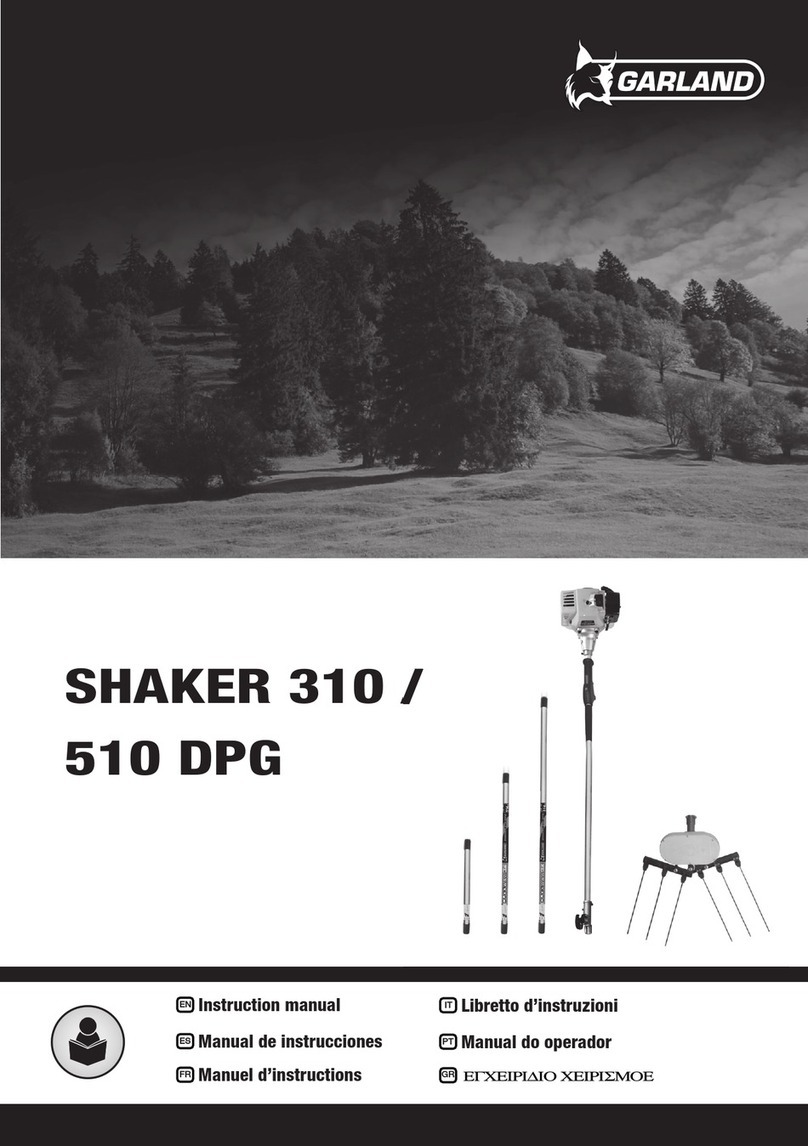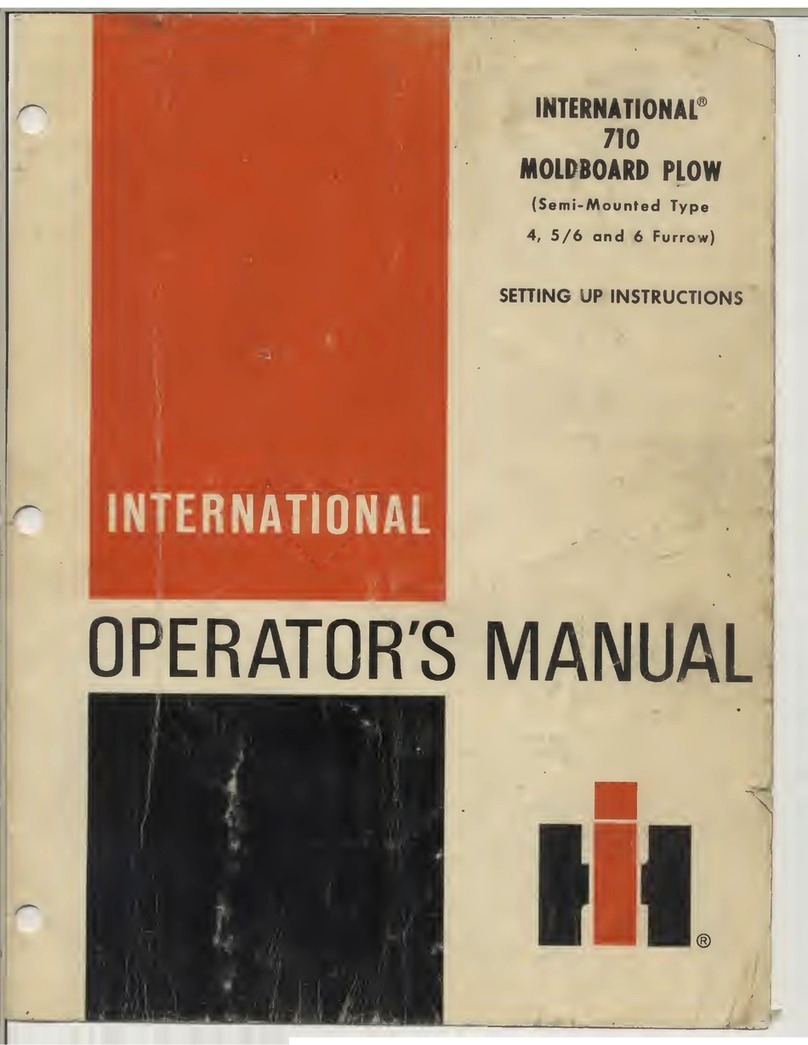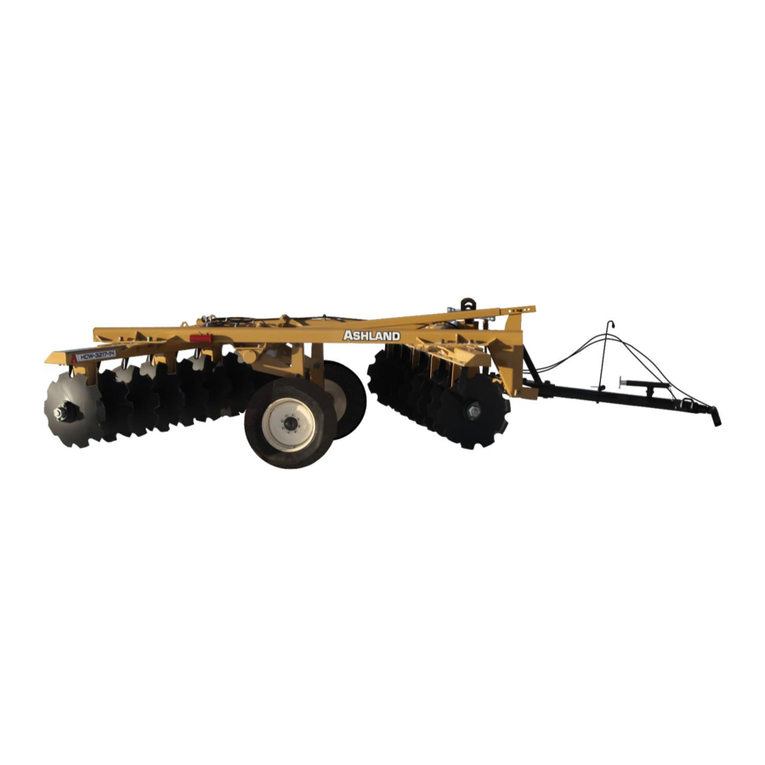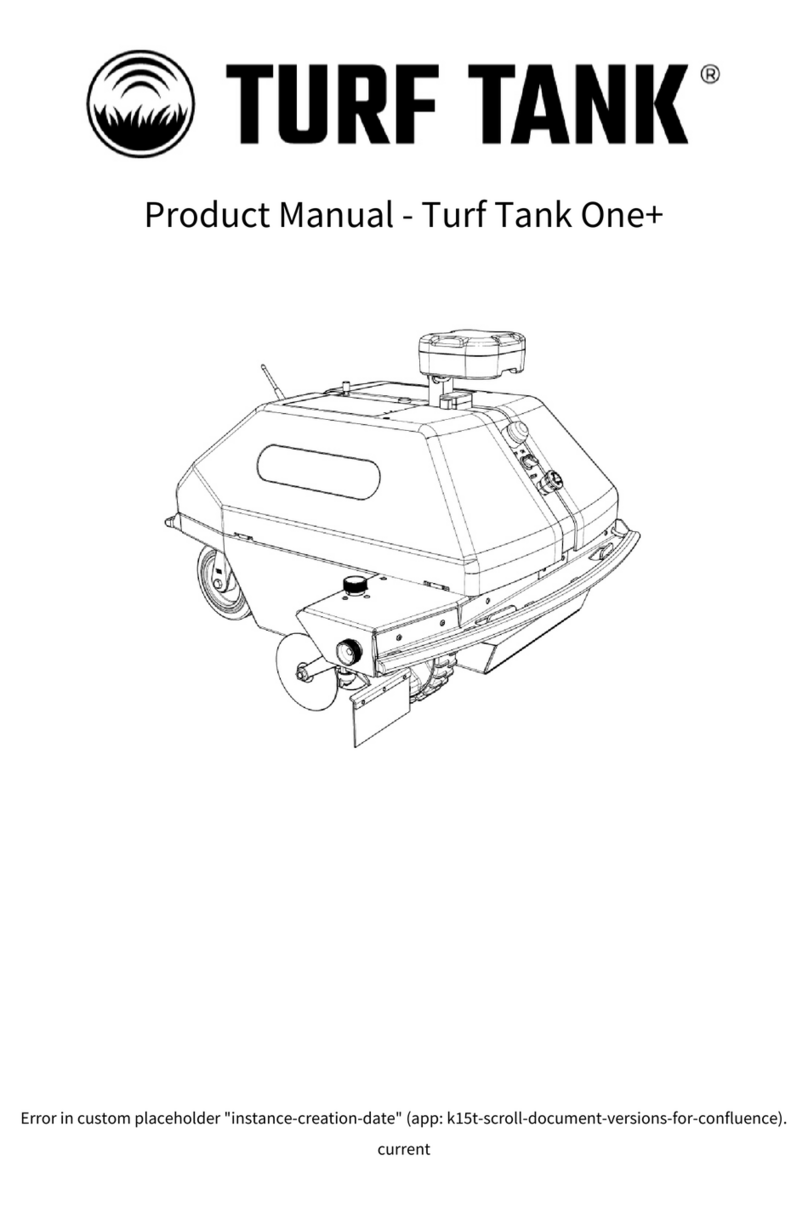
700743675 A Rev. A-1
SAFETY
SAFETY
Contents
Safety Alert Symbol ........................................................................................................................................ A-3
Safety Messages ............................................................................................................................................ A-3
Informational Messages .................................................................................................................................. A-3
Safety Signs .................................................................................................................................................... A-4
A Word To The Operator ................................................................................................................................ A-4
Operator Manual ............................................................................................................................................. A-5
Prepare For Operation .................................................................................................................................... A-6
Operation ........................................................................................................................................................ A-7
General Information .................................................................................................................................. A-7
PPE (Personal Protection Equipment) ..................................................................................................... A-8
Seat Instructions ....................................................................................................................................... A-8
Shield and Guards .................................................................................................................................... A-8
Exhaust Warning ...................................................................................................................................... A-9
Flying Debris ............................................................................................................................................ A-9
Agricultural Chemicals ............................................................................................................................ A-10
Travel On Public Roads ................................................................................................................................ A-10
Maintenance ................................................................................................................................................. A-12
General Information ................................................................................................................................ A-12
Fire Prevention and First Aid .................................................................................................................. A-13
Checking for High Pressure Leaks ......................................................................................................... A-14
Tire Safety .............................................................................................................................................. A-15
Safety Sign Location ..................................................................................................................................... A-16
Hitch ....................................................................................................................................................... A-16
Row Unit Parallel Linkages .................................................................................................................... A-19
Frame ..................................................................................................................................................... A-19
Markers .................................................................................................................................................. A-21
PTO Pump ............................................................................................................................................. A-22
Row Unit Residue Manager ................................................................................................................... A-24
Lockup Devices ............................................................................................................................................ A-25
Wheel Cylinders ..................................................................................................................................... A-25
Transport Wheel Cylinders ..................................................................................................................... A-25
Find manuals at https://best-manuals.com
